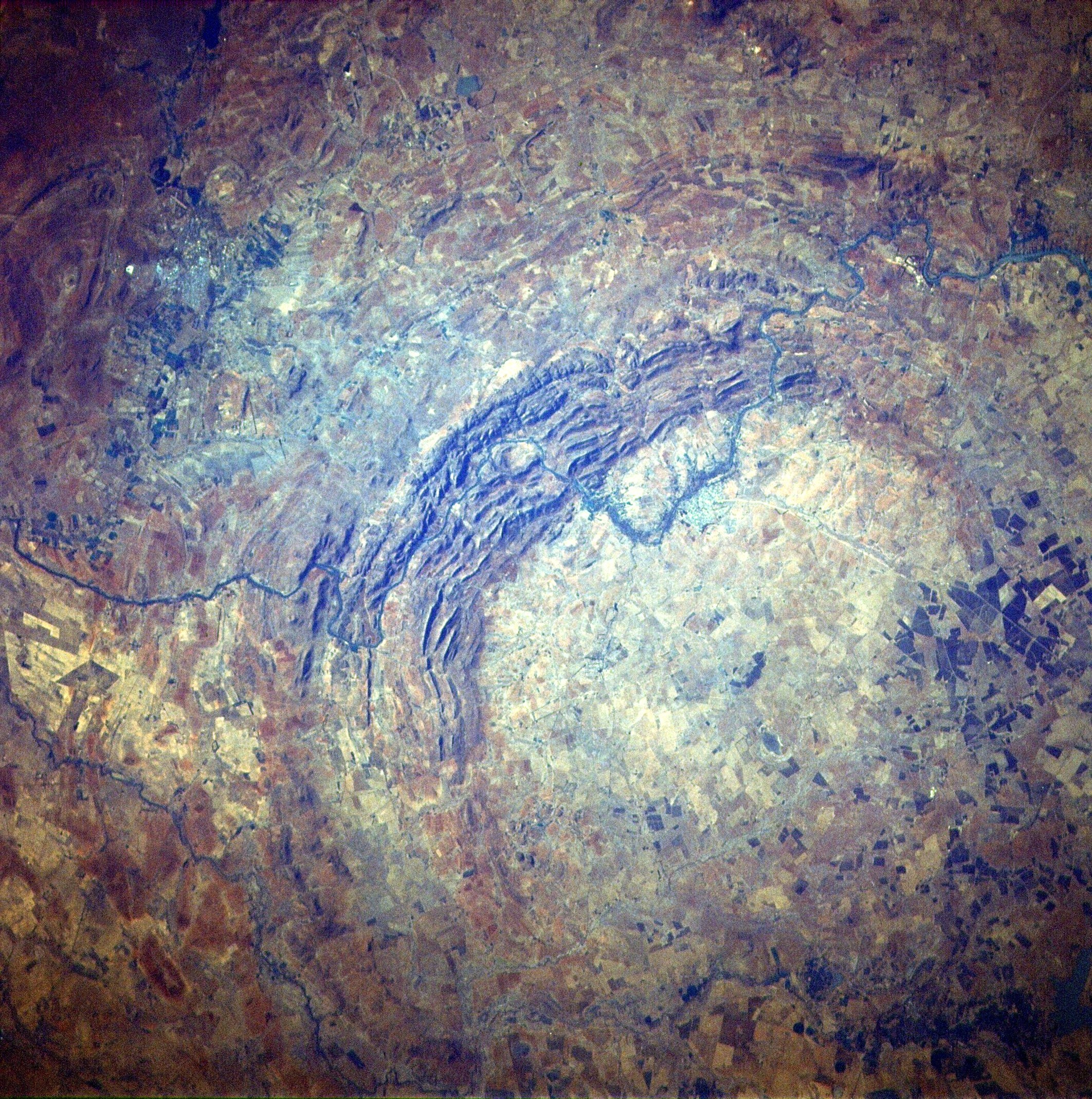Orosirian on:
[Wikipedia]
[Google]
[Amazon]
The Orosirian Period (; grc, ὀροσειρά, translit=oroseirá, meaning "mountain range") is the third  The later half of the period was an episode of intensive
The later half of the period was an episode of intensive
 The
The
geologic period
The geologic time scale, or geological time scale, (GTS) is a representation of time based on the rock record of Earth. It is a system of chronological dating that uses chronostratigraphy (the process of relating strata to time) and geochronol ...
in the Paleoproterozoic
The Paleoproterozoic Era (;, also spelled Palaeoproterozoic), spanning the time period from (2.5–1.6 Ga), is the first of the three sub-divisions (eras) of the Proterozoic Eon. The Paleoproterozoic is also the longest era of the Earth's ...
Era
An era is a span of time defined for the purposes of chronology or historiography, as in the regnal eras in the history of a given monarchy, a calendar era used for a given calendar, or the geological eras defined for the history of Earth.
Comp ...
and lasted from Mya to Mya (million years ago). Instead of being based on stratigraphy
Stratigraphy is a branch of geology concerned with the study of rock (geology), rock layers (Stratum, strata) and layering (stratification). It is primarily used in the study of sedimentary rock, sedimentary and layered volcanic rocks.
Stratigrap ...
, these dates are defined chronometrically.
 The later half of the period was an episode of intensive
The later half of the period was an episode of intensive orogeny
Orogeny is a mountain building process. An orogeny is an event that takes place at a convergent plate margin when plate motion compresses the margin. An ''orogenic belt'' or ''orogen'' develops as the compressed plate crumples and is uplifted t ...
on virtually all continent
A continent is any of several large landmasses. Generally identified by convention rather than any strict criteria, up to seven geographical regions are commonly regarded as continents. Ordered from largest in area to smallest, these seven ...
s.
Two of the largest known impact event
An impact event is a collision between astronomical objects causing measurable effects. Impact events have physical consequences and have been found to regularly occur in planetary systems, though the most frequent involve asteroids, comets or me ...
s on Earth occurred during the Orosirian. Early in the period, 2023 Mya, a large asteroid
An asteroid is a minor planet of the inner Solar System. Sizes and shapes of asteroids vary significantly, ranging from 1-meter rocks to a dwarf planet almost 1000 km in diameter; they are rocky, metallic or icy bodies with no atmosphere.
...
collision created the Vredefort impact structure. The event that created the Sudbury Basin
The Sudbury Basin (), also known as Sudbury Structure or the Sudbury Nickel Irruptive, is a major geological structure in Ontario, Canada. It is the third-largest known impact crater or astrobleme on Earth, as well as one of the oldest. The cra ...
structure occurred near the end of the period, 1850 Mya.
For the time period from about 2060 to 1780 Mya, an alternative period based on stratigraphy rather than chronometry, named the Columbian, was suggested in the geological timescale review 2012 edited by Gradstein et al., but , this has not yet been officially adopted by the IUGS.
Paleogeography
 The
The supercontinent
In geology, a supercontinent is the assembly of most or all of Earth's continent, continental blocks or cratons to form a single large landmass. However, some geologists use a different definition, "a grouping of formerly dispersed continents", ...
Columbia formed at the end of this period.
References
* * Paleoproterozoic Geological periods Proterozoic geochronology {{geochronology-stub